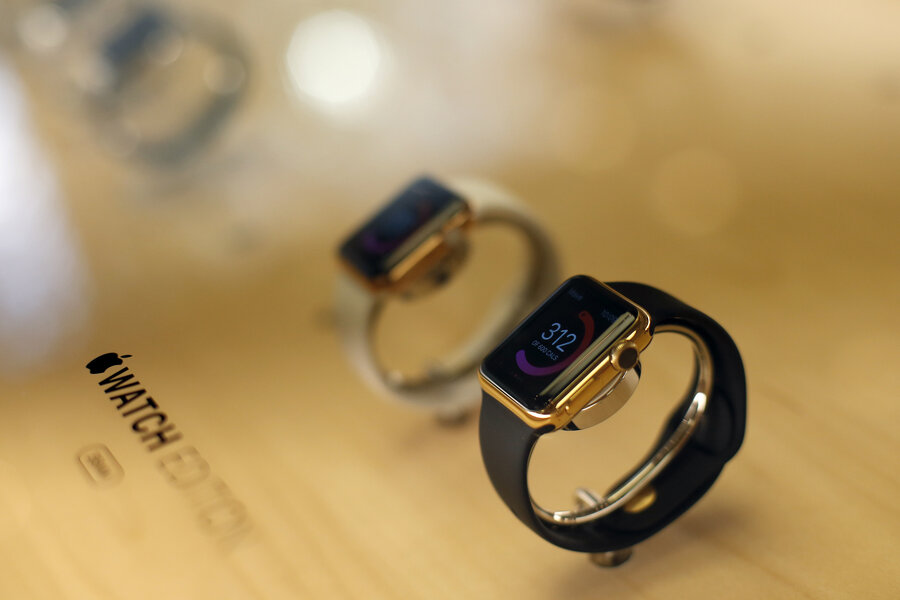Apple Watch aims to boost sales rolling out to Target, Best Buy
Loading...
In April, Apple unveiled its latest foray into consumer technology, the Apple Watch. With prices starting at $349, many were unsure whether the Watch was a necessary purchase. But after Apple’s months of exclusive sales ended in September, third party retailers are eager to stock the product as they head into the holiday sales season.
Best Buy was the first to make the Watch available in all retail outlets last week, a change from Best Buy’s original announcement that the Watch would be sold in just 300 of their locations. “Best Buy's eagerness to expand its rollout of the device clues us in to the retail success of the Apple Watch,” wrote Verge.
But perhaps even more convenient to shoppers, the Apple Watch will soon be available at Target. By Oct. 25, shoppers will be able to buy the Apple Watch at 1,800 Target stores (and online starting Oct. 18). According to CNN Money, select models will be available in-store, with a larger variety available online.
“The expansion into Target stores could give the Apple Watch a noticeable bump through the holiday season, restoring the smartwatch's momentum as Apple works on a follow up,” reported Tech Times.
By rolling the Apple Watch out among third-party retailers, Apple hopes to boost sales by reaching a wider audience.
Apple has remained quiet as to the specific number of watches sold so far. In second quarter reports, Apple CEO Tim Cook reported that “the Watch in its first 9 weeks outperformed both the original iPhone and the first iPad,” reported Forbes.
The WSJ reported that the research firm IDC said Apple shipped 3.6 million Apple Watch units in the second quarter, after it began shipping on April 24.
The IDC figures suggest the Watch has gotten off to a better start than the iPad or iPhone. Apple launched the iPad on April 3, 2010 and sold 3.27 million units in that first quarter. The iPhone went on sale in June 2007 as the quarter was wrapping up and sold 270,000 units. In the following three months, Apple sold 1.12 million iPhones.
But, as Forbes also pointed out, “Watch sales may have exceeded Apple’s internal expectations, as both Cook and CFO Luka Maestri insist, but they did not exceed Wall Street’s.” Since the watch debuted, Apple shares have fallen about 15 percent.
The Watch was originally designed to mitigate the constant need to look at a smartphone. “After three-plus decades of building devices that grab and hold our attention – the longer the better – Apple has decided that the way forward is to fight back,” wrote Wired.
Kevin Lynch, Apple’s Vice President of technology, explained in an interview with Wired, “We’re so connected, kind of ever-presently, with technology now. People are carrying their phones with them and looking at the screen so much,” he said. “People want that level of engagement, but how do we provide it in a way that’s a little more human, a little more in the moment when you’re with somebody?”
And so the Apple Watch was born.
But the question still remains: do you actually need an Apple Watch? CNet’s wearable tech reviewer, Scott Stein says, “Right now, probably not. Smartwatches may one day be the future of phones, or a seamless extension of both them and your home, or any number of connected devices. Right now, they function as phone accessories. And that's where the Apple Watch lands.”






